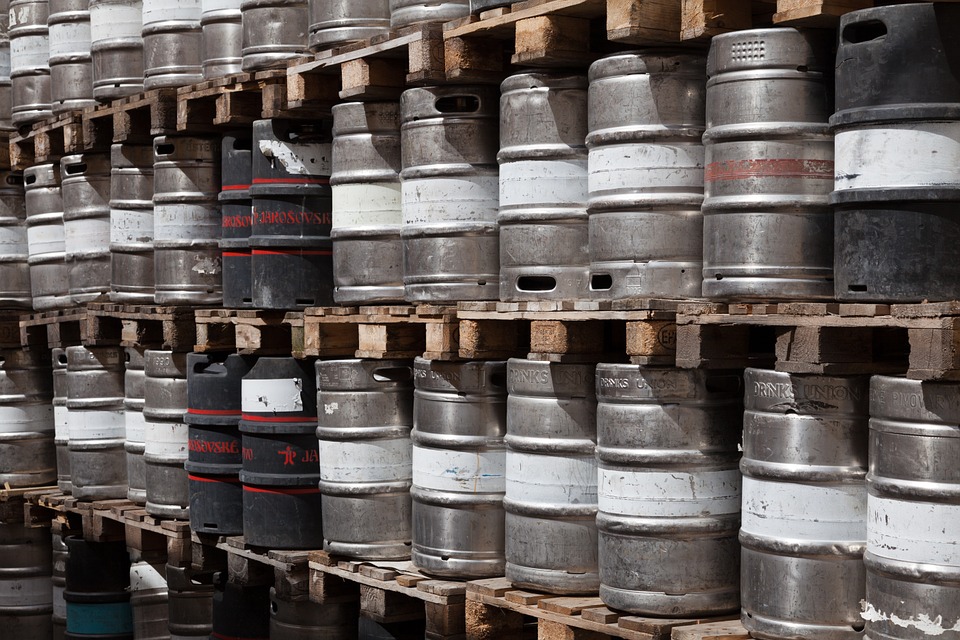According to preliminary customs data of South Korea, oil imports from Iran into the Asian country, which is also the fifth-largest crude oil importer, to 1.79 million tons last month. This figure corresponds to approximately 424 thousand barrels per day compared to 859, 2 ths. tons in January 2016, when sanctions against Iran were lifted.
This development suggests that Iran took away a share of the South Korean market from its key rival, Saudi Arabia.
Oil imports to South Korea from Saudi Arabia decreased by 17.3% in January compared with December 2016 to 785 th. barrels per day. This is due to the fact that Riyadh comply with the oil freeze agreement within OPEC’s deal.
Total volume of crude oil imports to South Korea from the world's oil exporters increased to 2.93 million barrels a day in January. However, the total import volume in January was 6.3% lower than in December 2016. Final data on the crude oil import in South Korea will be available in late February.
Meanwhile, Iran has discovered a new large oil field, with reserves of 15 billion barrels (about 2 billion tons). This was announced by Managing Director of National Iranian Oil Company (NIOC) Ali Kardor.
He said that at least 2 billion barrels from 15 billion of total reserve are guaranteed to be recoverable. However, development requires a huge investment and upgrade of technological capacity.
Now, the Islamic Republic of Iran produces about 4 million barrels of oil per day, and these figures were reached only by the end of 2016. Earlier, Iran has been recovering after the Western sanctions that were lifted only in mid-January last year. The sanctions, among other things, restricted the local oil export, resulting in low production in the country. According to OPEC, Iran was producing 2.88 million barrels per day in January 2016.
Currently, level of world oil prices supported by an agreement on restricted oil production, which OPEC countries and a number of other manufacturers signed at the end of last year. The agreement was concluded in the first half of 2017 with a possibility of extension for another six months. The oil market leaders, however, are increasingly talking about the fact that the prolongation wouldn’t do anything good.
Initially, Iran was actually excluded from the agreement as a country affected by sanctions. The new field can help Iran to comply with its plans to increase production, which could have an impact on the world market in future years. New volumes of oil will put pressure on the quotes.
According to the country’s oil ministry, currently the export of Iranian oil reached approximately pre-sanctions level. "Exports of crude oil and condensates from Iran for the past four months has amounted to 2.8 million barrels per day. Compared with the sanctions period, it has increased by 1.6 million barrels per day" – said the country’s minister.
Earlier it was reported that Iran will escalate oil production by 90 thousand barrels per day, up to 3.797 million barrels per day in the first half of 2017.
source: oilprice.com
This development suggests that Iran took away a share of the South Korean market from its key rival, Saudi Arabia.
Oil imports to South Korea from Saudi Arabia decreased by 17.3% in January compared with December 2016 to 785 th. barrels per day. This is due to the fact that Riyadh comply with the oil freeze agreement within OPEC’s deal.
Total volume of crude oil imports to South Korea from the world's oil exporters increased to 2.93 million barrels a day in January. However, the total import volume in January was 6.3% lower than in December 2016. Final data on the crude oil import in South Korea will be available in late February.
Meanwhile, Iran has discovered a new large oil field, with reserves of 15 billion barrels (about 2 billion tons). This was announced by Managing Director of National Iranian Oil Company (NIOC) Ali Kardor.
He said that at least 2 billion barrels from 15 billion of total reserve are guaranteed to be recoverable. However, development requires a huge investment and upgrade of technological capacity.
Now, the Islamic Republic of Iran produces about 4 million barrels of oil per day, and these figures were reached only by the end of 2016. Earlier, Iran has been recovering after the Western sanctions that were lifted only in mid-January last year. The sanctions, among other things, restricted the local oil export, resulting in low production in the country. According to OPEC, Iran was producing 2.88 million barrels per day in January 2016.
Currently, level of world oil prices supported by an agreement on restricted oil production, which OPEC countries and a number of other manufacturers signed at the end of last year. The agreement was concluded in the first half of 2017 with a possibility of extension for another six months. The oil market leaders, however, are increasingly talking about the fact that the prolongation wouldn’t do anything good.
Initially, Iran was actually excluded from the agreement as a country affected by sanctions. The new field can help Iran to comply with its plans to increase production, which could have an impact on the world market in future years. New volumes of oil will put pressure on the quotes.
According to the country’s oil ministry, currently the export of Iranian oil reached approximately pre-sanctions level. "Exports of crude oil and condensates from Iran for the past four months has amounted to 2.8 million barrels per day. Compared with the sanctions period, it has increased by 1.6 million barrels per day" – said the country’s minister.
Earlier it was reported that Iran will escalate oil production by 90 thousand barrels per day, up to 3.797 million barrels per day in the first half of 2017.
source: oilprice.com





